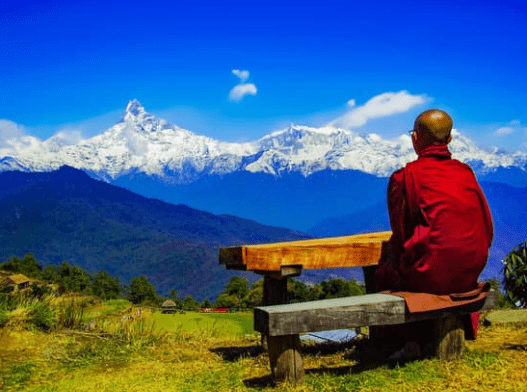The Theravada New Year coincides with the lunar calendar and typically falls in April. The exact dates can vary slightly between countries, but it generally occurs around the same time as other New Year festivals in South and Southeast Asia.
In many Theravada countries, the New Year is celebrated for three days, beginning on the first full moon day in April.
Theravada is one of the two main branches of Buddhism (the other being Mahayana). It is primarily practiced in countries such as Sri Lanka, Myanmar (Burma), Thailand, Cambodia, and Laos.
History:
The New Year festival doesn't just mark the beginning of a new lunar year but is deeply rooted in Buddhist traditions. It represents a time of reflection, meditation, and renewal of spiritual commitments.
Beyond the festive celebrations and traditions, the Theravada New Year is a period of self-reflection and contemplation. It's an opportunity for Buddhists to consider their actions over the past year, make amends, and set positive intentions for the year ahead.
How Theravada New Year is Celebrated:
Water Rituals: One of the most recognized traditions during this time is the pouring or sprinkling of water. In some countries, this has evolved into large-scale water festivals, where people playfully splash water on each other, as seen in Thailand's Songkran festival or Myanmar's Thingyan.
Temples: People visit temples to offer food and necessities to monks, seek blessings, and listen to sermons. It's also a time for intensive meditation and meritorious deeds.
Cleaning: Just as with many New Year celebrations worldwide, cleaning homes and public spaces is a tradition to clear out the old and welcome the new.
In essence, while the Theravada New Year has its festive and communal aspects, at its heart, it's a deeply spiritual occasion, emphasizing personal growth, community ties, and religious devotion.

